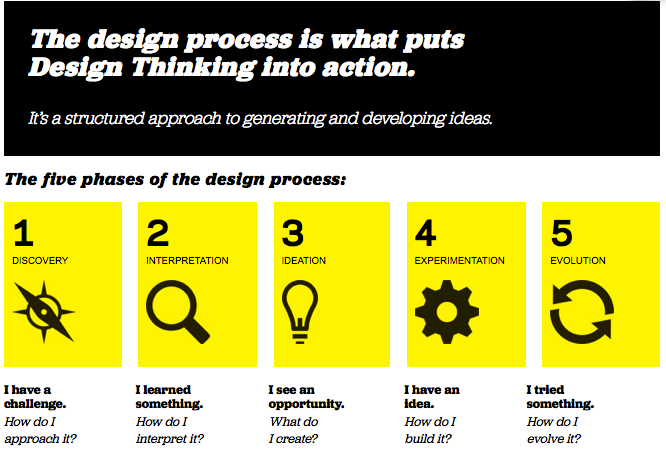http://www.hackeducation.com/2013/02/06/the-case-for-a-campus-makerspace/
The makerspace is something that has grown out of what’s called the Maker Movement, a loose affiliation of software and hardware hackers and hobbyists of all sorts.
The Maker Movement is a contemporary version, if you will, of the old punk ethos and its DIY culture — just with newer technology. Perhaps you remember the old illustration that said “here’s three chords, now form a band” — today, it’s “here’s a motherboard and some cables, now go build a computer.”
The makerspace is something that has grown out of what’s called the Maker Movement, a loose affiliation of software and hardware hackers and hobbyists of all sorts.
The Maker Movement is a contemporary version, if you will, of the old punk ethos and its DIY culture — just with newer technology. Perhaps you remember the old illustration that said “here’s three chords, now form a band” — today, it’s “here’s a motherboard and some cables, now go build a computer.”
Makerspaces are a newer version of the old Silicon Valley “home-brew computer club,” whose members included Steve Jobs and Steve Wozniak.
But the makerspace takes a more public-facing, more community-oriented form than we’ve seen with individual DIY hobbyists or small hobby groups — those who work in basements and garages and sewing rooms and living rooms and workshops.
The Maker Movement brings them out into the open, into the public to share and to learn together.
The Maker Movement is closely associated with Make Magazine — sometimes described as a 21st century Popular Mechanics — and the Maker Faires that the publication helps organize around the world. But there are many resources and traditions makers draw from and many places where makers gather.


